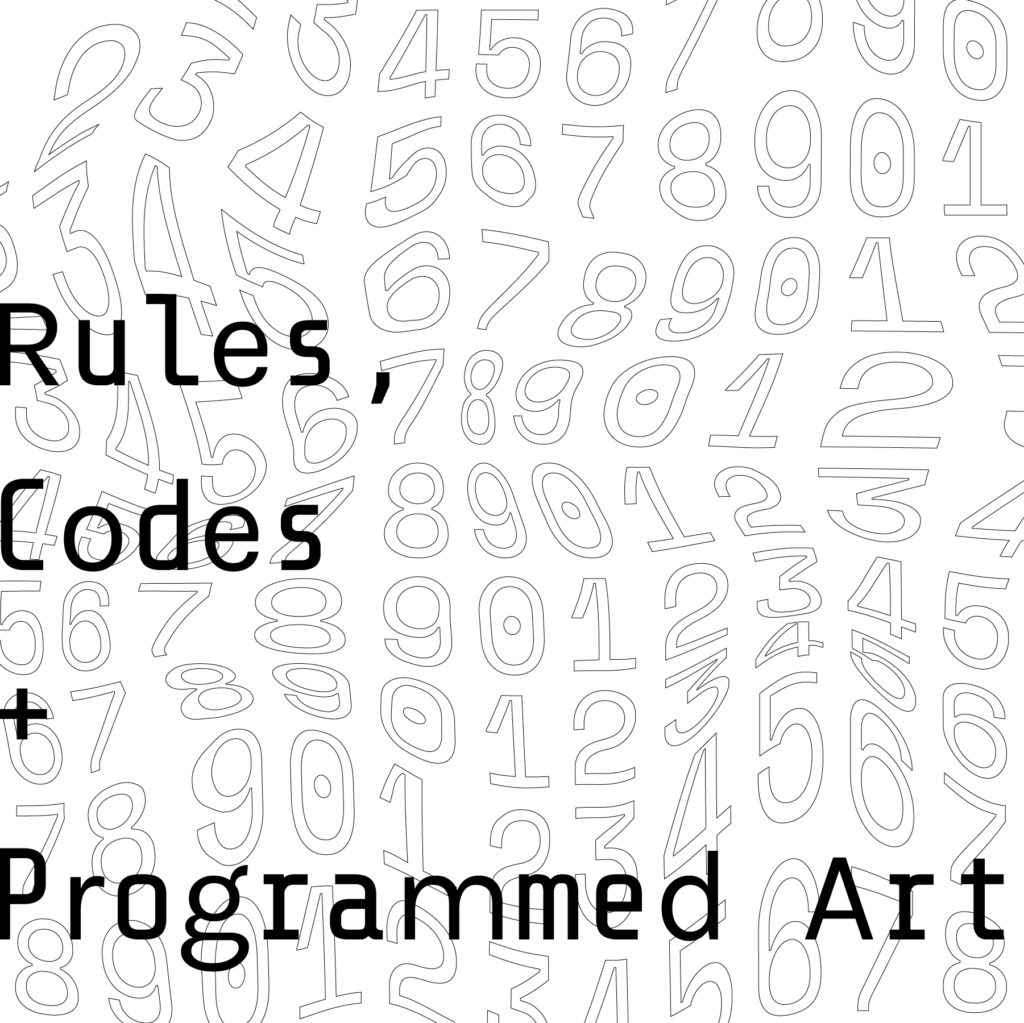During spring break I got to visit the Whitney Museum where there was an exhibit called Programmed. It explores rules + code in art and what that really means – how art can be programmed. We are living in a technological future that’s driven by automated systems. The exhibit shows both analog and digital demonstrations.
“Programmed illuminates the underlying structures of communication systems along with the creative potential–and limits–of rule based processes”
Let me just say how geeked out I was at the exhibit!! I got to see some pieces by Casey Reas and Sol Lewitt’s 4th Wall instructions. When I was reading about the exhibit I started to make connections with things we had been talking about in seminar so that was pretty exciting too. The exhibit was separated into parts but one that I really enjoyed was the “ideas as form”. In the late 1960’s the emphasis was more on the concept and idea behind the work. I was having a conversation with a friend and he mentioned the Ship of Theseus – it raises the question whether a ship {or any other object} that has all its parts replaced remains the same object. It’s similar to whether or not you think the concept is more important than the thing itself and what that relationship is like.
The famous ship that was sailed by Thesus was kept in as a museum piece. Over the years some of the wooden parts were beginning to rot and needed to be replaced. After a couple of years pass by ALL the parts have been replaced. Is the restored ship still the same object as the original ship? I’m curious to know what people think of this.

